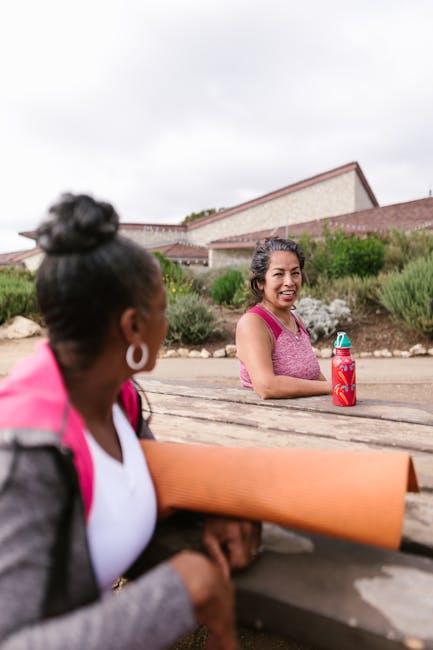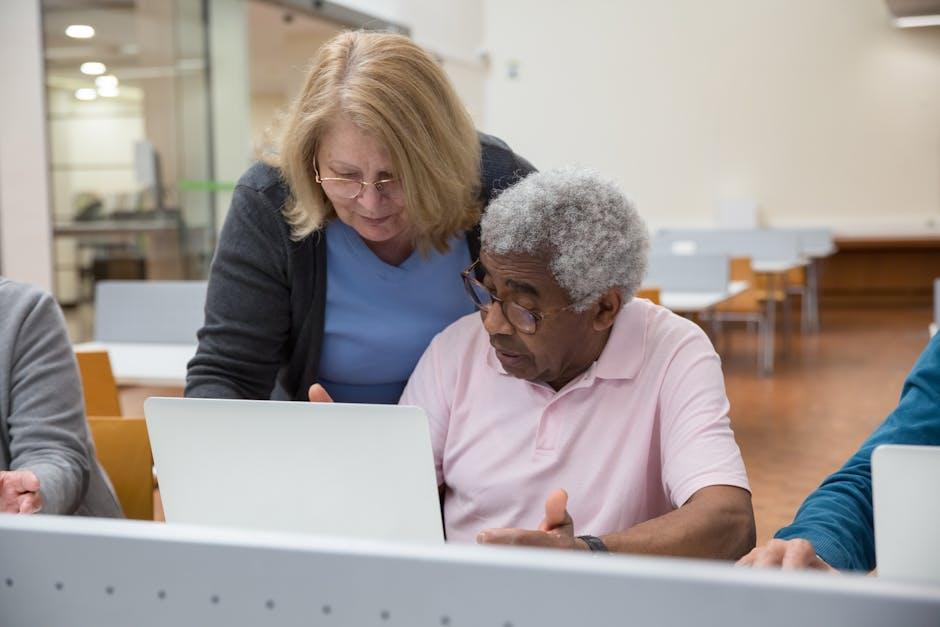As we journey through life, staying active and socially connected becomes increasingly vital, particularly for our senior population. The benefits of maintaining an active lifestyle and nurturing social connections are profound, extending far beyond physical health to encompass emotional well-being and cognitive vitality. However, as we age, the challenges to remaining active and socially engaged can become more pronounced. This article aims to guide caregivers, family members, and seniors themselves through the best practices for overcoming these challenges. With empathy and understanding, we will explore strategies that promote physical activity, foster meaningful social interactions, and ultimately enhance the quality of life for seniors. By embracing these practices, we can help ensure that the golden years are truly vibrant and fulfilling.
Understanding the Unique Needs of Seniors for Active Living
To effectively support the active lifestyles of seniors, it’s crucial to recognize the distinct challenges and opportunities they face. Acknowledging these unique needs can significantly enhance their physical, mental, and social well-being. Here are some key considerations:
- Physical Limitations: Activities should be tailored to accommodate any physical limitations seniors might have. This could involve low-impact exercises like swimming, yoga, or walking, which are gentle on the joints yet effective in maintaining strength and flexibility.
- Social Connections: Encourage participation in group activities or clubs that align with their interests. This not only promotes physical activity but also fosters social interaction, reducing feelings of isolation.
- Safety Concerns: Ensure that any environment where seniors engage in activities is safe and accessible. This includes proper lighting, non-slip surfaces, and clear walkways.
| Activity | Benefits |
|---|---|
| Chair Yoga | Improves flexibility and reduces stress |
| Water Aerobics | Low-impact cardiovascular exercise |
| Book Clubs | Enhances cognitive function and socialization |
By understanding and addressing these unique needs, we can create a supportive environment that encourages seniors to remain active and engaged. This holistic approach ensures that they not only enjoy improved health but also a higher quality of life.

Creating a Safe and Inviting Environment for Physical Activities
Ensuring a safe and welcoming atmosphere for seniors engaging in physical activities is crucial to their well-being and motivation. Start by evaluating the environment where activities take place. Safety checks should be routine, looking for hazards like slippery floors, inadequate lighting, or cluttered spaces. Additionally, providing clear signage for emergency exits and restrooms can enhance comfort and security.
- Non-slip flooring: Essential in preventing falls.
- Well-lit areas: Reduce the risk of accidents and create a more inviting space.
- Comfortable seating: For rest periods and social interactions.
- Temperature control: Ensures comfort during various activities.
Creating an inviting environment also involves fostering a sense of community. Encourage social interaction by organizing group activities that promote teamwork and communication. A diverse range of activities can cater to different interests and abilities, ensuring everyone feels included. Consider scheduling regular feedback sessions to understand the needs and preferences of the participants better.
| Activity | Benefits |
|---|---|
| Group Walks | Promotes cardiovascular health and social interaction |
| Yoga | Enhances flexibility and mental well-being |
| Dance Classes | Improves coordination and boosts mood |

Fostering Meaningful Social Connections Through Community Engagement
As we strive to keep our senior community members active and socially engaged, it is crucial to embrace activities that promote interaction and a sense of belonging. Volunteering is an excellent way for seniors to stay connected. Many organizations welcome the wisdom and experience seniors bring. Volunteering not only benefits the community but also provides seniors with opportunities to meet new people and form friendships.
- Join local clubs or hobby groups
- Participate in community events or fairs
- Engage in intergenerational programs
Another effective approach is organizing regular social gatherings tailored to seniors’ interests and preferences. This could include book clubs, gardening groups, or art classes. Ensuring that these gatherings are easily accessible and inclusive will encourage more participation and make seniors feel valued and respected.
| Activity | Benefit |
|---|---|
| Walking Groups | Enhances physical health and offers social interaction |
| Cooking Classes | Promotes creativity and encourages teamwork |
| Game Nights | Boosts mental agility and creates fun memories |
technology can play a pivotal role in connecting seniors with their community. Virtual meet-ups or social media groups tailored for seniors can bridge the gap when in-person interactions aren’t feasible. Providing tech workshops can empower seniors to navigate these digital platforms confidently, thus expanding their social circles.

Encouraging Lifelong Learning and Skill Development for Mental Stimulation
- Engage with Technology: Encourage seniors to explore digital platforms that offer online courses and webinars. Websites like Coursera and Khan Academy provide access to a plethora of topics, from history to technology, allowing seniors to learn at their own pace.
- Community Classes: Many local community centers offer classes specifically designed for seniors. These can range from art and music to language courses, providing both mental stimulation and social interaction.
- Book Clubs: Joining or forming a book club can be a wonderful way for seniors to engage with literature and share their insights with peers. This not only fosters a love for reading but also encourages discussion and critical thinking.
For those interested in a structured approach, consider creating a learning schedule. This can include daily or weekly goals, such as learning a new word each day or completing a short course by the end of the month. Here’s a simple example:
| Day | Activity |
|---|---|
| Monday | Watch a TED Talk on a new topic |
| Wednesday | Attend a virtual art class |
| Friday | Participate in a language exchange session |
Volunteering can also be a powerful tool for lifelong learning. Encouraging seniors to volunteer in areas they are passionate about allows them to share their knowledge while learning new skills. Whether it’s mentoring younger generations or helping at local charities, volunteering provides purpose and community connection.








































